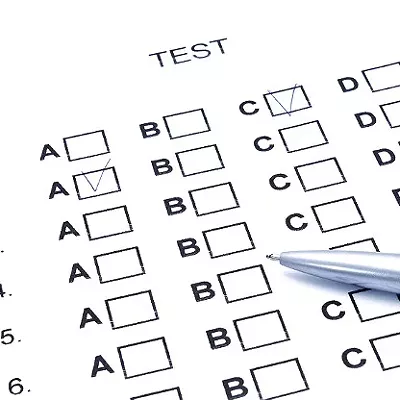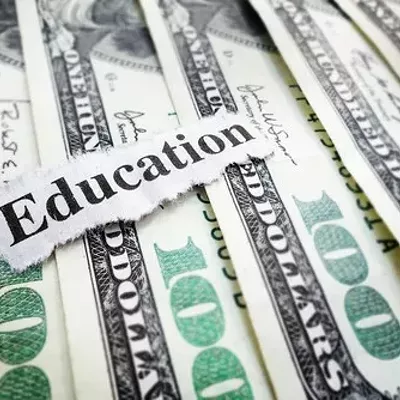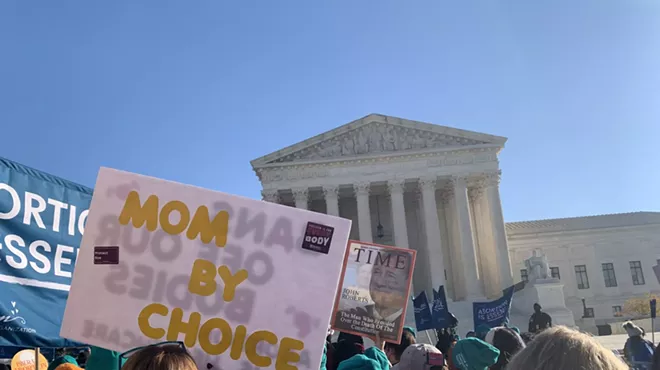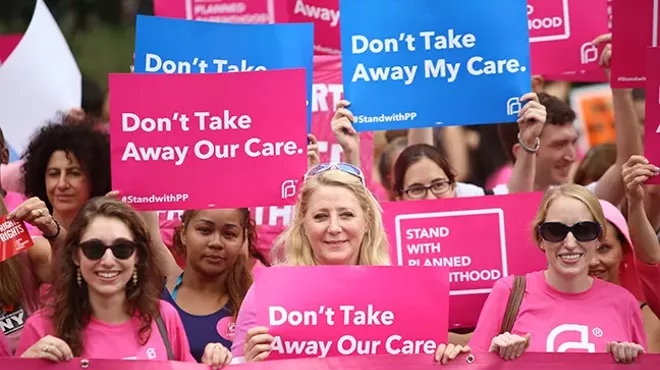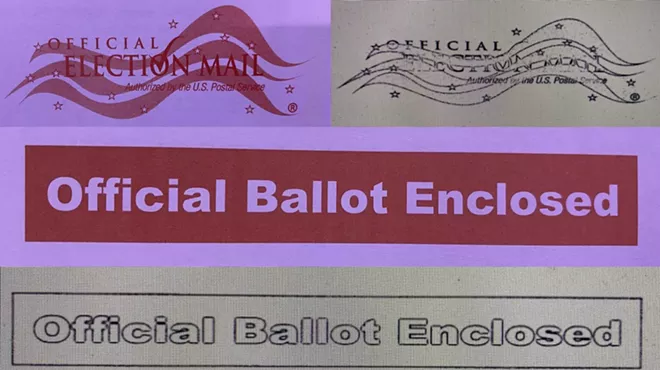Tuesday, October 17, 2017
Results-Based Funding: The Transition From Test Scores To School Grades
We already know which schools are splitting up the $38 million in results-based funding for the 2017-18 school year. The money is going disproportionately to schools with students from the most affluent homes. The top 11 percent of schools by family income make up almost 40 percent of schools getting the funding. Even more of those schools would get the funding if it weren't for a stipulation built into the formula to make sure the bottom 50 percent of schools in terms of student income make up almost half the schools getting the money. Next year, that stipulation is gone.
Most likely in the 2018-19 school year, over 80 percent of the schools getting results-based funding will be from the top half of schools in terms of family income. That means less than 20 percent of the schools will be in the bottom half.
And yet, some schools with high income students are complaining because they're not getting their expected piece of the results-based pie. And no wonder. If a high income school makes the list, it sees close to $6,000 extra per teacher, enough to give teachers a sizable bonus and still have plenty left over for educational equipment and supplies other schools can't afford. If it doesn't make the cut, the school gets nothing.
An explanation of how this works can be mind-numbingly detailed, at least when I'm the guy doing the explaining, so I've created a table I hope will make things clearer. After that, I'll numb the minds of those who dare stick around for all the numbers and explanations.
Take a look at the table. At the left, I've broken down schools by the percentage of students on free or reduced lunch, the best proxy we have for students' family income. All the way to the right, you'll find the percent of schools fitting into each free/reduced lunch grouping. So, about 11 percent of Arizona's district and charter schools have 20 percent or fewer students on F/R lunch, 8 percent have between 21 and 29 percent on F/R lunch, and so on down the column. The two middle columns show the percent of schools in each category getting results-based funding this school year and an approximation of how many will get the funding in 2018-19.
Schools with 20 percent or fewer students on free lunch don't change much from this year to next. They stay in the high 30 percent range. But schools with between 21 to 59 percent of their students on F/R lunch go from 14 percent of the total this year to 46 percent next year, a three-fold increase. They're the big winners. The big losers are schools with 60 percent or more of their students on F/R lunch. They drop from 48 to 18 percent, a loss of almost two-thirds.
All my numbers are approximate for reasons I'll explain toward the end of the post, but the overall picture is accurate. This year, the state decided to be a bit considerate to schools with students in the bottom half of the economic spectrum, but next year and every year after that, no more Mister Considerate Guy. Those schools will get screwed out of the money from next year until forever, which is just what most good conservative Republicans think should happen, no matter what they say when they're pretending to be compassionate. They're the folks in control, so what they say, goes.
OK, that's the basics. Now I start getting deeper in the weeds. Continue at your own risk.
Why such a big change in who gets the results-based funding from this year to the next? It's because of a change in the way the money is doled out. This year, the funding was doled out based on state test scores, but it was broken into two groups. A bit more than half the money went to the schools with the highest scores in the state. The rest went to schools with the highest scores among schools with 60 percent or more students on F/R lunch. That's why the lion's share goes to schools at the top, those with 20 percent or fewer students on F/R lunch, while the rest of the schools with fewer than 60 percent of their students on F/R lunch get the leftovers. If you want to track the scores, follow the money. Then the percentage takes a big jump upward for schools with between 60 and 69 percent on F/R lunch, because they're the highest income among the schools on the lower half of the income continuum, and it falls off again after that. It works out exactly like anyone who knows how closely test scores are tied to income would predict it to work out.
Next year and into the future, only schools with state grades of A will get the money, period. No exceptions for schools with more than 60 percent of their students on F/R lunch. So the percentage of schools getting the money does what you'd expect. Since the highest income schools get the most A's, they represent the largest percentage of schools receiving the funding, then the number decreases as you move down the income scale. There are a few small bumps where the percent of schools is higher or lower than expected, but that's what usually happens on scales of this kind.
The school grades I'm using are based on student performance this last spring, so naturally, they won't be the scores used for the 2018-19 school year. They'll use the scores of next spring's test. But it's reasonable to assume that the distribution of school grades will be similar. Except that everything could change.
There's a surprise in this batch of school grades, for me anyway. I expected that the number of schools in the top category would rise at least 10 percent, then the percentages would decline precipitously from there. Instead, the top category went down two percentage points. The reason is, the people who created this year's grading system tried to make it a little bit fairer than it had been in past years when raw test scores outweighed all other considerations. The "a little bit fairer" isn't a whole lot fairer for schools with students at the bottom of the economic scale — they still lose out big time — but more schools a few steps below the top category received A's than they would have under the previous state grading system. That's because of the increased emphasis on "growth points."
Schools get "growth points" based on how much their students' test scores increase from the previous year. That means a student can have a low test score, but if this year's score is considerably higher than the year before, that student will earn more growth points for the school than a student with a high test score who didn't "grow" as much. The result is, a school with high test scores can end up with a B, or even C, if its students haven't shown much growth in their scores, while a school with lower scores can earn an A if its students have a test score growth spurt. The growth points aren't much help for schools whose test scores are really low, but some schools with good-not-great test scores ended up with A's while some of the top scorers fell into the B and C range.
And that's driving some of the highest scoring schools nuts. Take BASIS, for example. This year, 2017-18, all but one BASIS school received results-based funding because their test scores are through the roof. But things don't look so good when it comes to school grades. Ten BASIS schools' grades are under review, so we don't know what their grades will be, but the seven that have been scored ended up with 3 A's and 4 B's. Naturally, the heads of BASIS are beside themselves, screaming how unfair it all is. And they're not alone. Among this year's recipients of the funding based on their high test scores — meaning they have fewer than 60% of students on F/R lunch — more than 50 of them didn't get an A. If that stays the same next year, no extra funding for those 50 schools.
The people who made the grades a little bit fairer — which is a good thing — screwed up in the eyes of the schools that know they're supposed to be the winners. How do they know? Because they deserve to be winners, because it's their rightful, privileged place at the top of the economic pecking order.
So the state is doing something it hadn't planned to do. It's going back and revising the scoring system. We don't know what the new results will be, but I'm willing to bet the people making the revisions are starting with the results they want and working backward, tweaking the system until it yields the "right" results. I expect many BASIS charters and other schools with friends in high places will be bumped up into the A category. And since this is a zero sum game — there's only so much results-based money, so there can only be so many A schools — other schools will be knocked down from an A to a B, meaning they'll be out of the money.
A final note on why the figures in my table are approximate. Many charter schools don't serve lunch, which mean they don't know if their students qualify for free or reduced lunch. That's true of all the BASIS schools and many other charters. That means they aren't part of the state's free/reduced lunch count, so I had to leave them out of my count as well.
Most likely in the 2018-19 school year, over 80 percent of the schools getting results-based funding will be from the top half of schools in terms of family income. That means less than 20 percent of the schools will be in the bottom half.
And yet, some schools with high income students are complaining because they're not getting their expected piece of the results-based pie. And no wonder. If a high income school makes the list, it sees close to $6,000 extra per teacher, enough to give teachers a sizable bonus and still have plenty left over for educational equipment and supplies other schools can't afford. If it doesn't make the cut, the school gets nothing.
An explanation of how this works can be mind-numbingly detailed, at least when I'm the guy doing the explaining, so I've created a table I hope will make things clearer. After that, I'll numb the minds of those who dare stick around for all the numbers and explanations.
Take a look at the table. At the left, I've broken down schools by the percentage of students on free or reduced lunch, the best proxy we have for students' family income. All the way to the right, you'll find the percent of schools fitting into each free/reduced lunch grouping. So, about 11 percent of Arizona's district and charter schools have 20 percent or fewer students on F/R lunch, 8 percent have between 21 and 29 percent on F/R lunch, and so on down the column. The two middle columns show the percent of schools in each category getting results-based funding this school year and an approximation of how many will get the funding in 2018-19.
Schools with 20 percent or fewer students on free lunch don't change much from this year to next. They stay in the high 30 percent range. But schools with between 21 to 59 percent of their students on F/R lunch go from 14 percent of the total this year to 46 percent next year, a three-fold increase. They're the big winners. The big losers are schools with 60 percent or more of their students on F/R lunch. They drop from 48 to 18 percent, a loss of almost two-thirds.
All my numbers are approximate for reasons I'll explain toward the end of the post, but the overall picture is accurate. This year, the state decided to be a bit considerate to schools with students in the bottom half of the economic spectrum, but next year and every year after that, no more Mister Considerate Guy. Those schools will get screwed out of the money from next year until forever, which is just what most good conservative Republicans think should happen, no matter what they say when they're pretending to be compassionate. They're the folks in control, so what they say, goes.
OK, that's the basics. Now I start getting deeper in the weeds. Continue at your own risk.
Why such a big change in who gets the results-based funding from this year to the next? It's because of a change in the way the money is doled out. This year, the funding was doled out based on state test scores, but it was broken into two groups. A bit more than half the money went to the schools with the highest scores in the state. The rest went to schools with the highest scores among schools with 60 percent or more students on F/R lunch. That's why the lion's share goes to schools at the top, those with 20 percent or fewer students on F/R lunch, while the rest of the schools with fewer than 60 percent of their students on F/R lunch get the leftovers. If you want to track the scores, follow the money. Then the percentage takes a big jump upward for schools with between 60 and 69 percent on F/R lunch, because they're the highest income among the schools on the lower half of the income continuum, and it falls off again after that. It works out exactly like anyone who knows how closely test scores are tied to income would predict it to work out.
Next year and into the future, only schools with state grades of A will get the money, period. No exceptions for schools with more than 60 percent of their students on F/R lunch. So the percentage of schools getting the money does what you'd expect. Since the highest income schools get the most A's, they represent the largest percentage of schools receiving the funding, then the number decreases as you move down the income scale. There are a few small bumps where the percent of schools is higher or lower than expected, but that's what usually happens on scales of this kind.
The school grades I'm using are based on student performance this last spring, so naturally, they won't be the scores used for the 2018-19 school year. They'll use the scores of next spring's test. But it's reasonable to assume that the distribution of school grades will be similar. Except that everything could change.
There's a surprise in this batch of school grades, for me anyway. I expected that the number of schools in the top category would rise at least 10 percent, then the percentages would decline precipitously from there. Instead, the top category went down two percentage points. The reason is, the people who created this year's grading system tried to make it a little bit fairer than it had been in past years when raw test scores outweighed all other considerations. The "a little bit fairer" isn't a whole lot fairer for schools with students at the bottom of the economic scale — they still lose out big time — but more schools a few steps below the top category received A's than they would have under the previous state grading system. That's because of the increased emphasis on "growth points."
Schools get "growth points" based on how much their students' test scores increase from the previous year. That means a student can have a low test score, but if this year's score is considerably higher than the year before, that student will earn more growth points for the school than a student with a high test score who didn't "grow" as much. The result is, a school with high test scores can end up with a B, or even C, if its students haven't shown much growth in their scores, while a school with lower scores can earn an A if its students have a test score growth spurt. The growth points aren't much help for schools whose test scores are really low, but some schools with good-not-great test scores ended up with A's while some of the top scorers fell into the B and C range.
And that's driving some of the highest scoring schools nuts. Take BASIS, for example. This year, 2017-18, all but one BASIS school received results-based funding because their test scores are through the roof. But things don't look so good when it comes to school grades. Ten BASIS schools' grades are under review, so we don't know what their grades will be, but the seven that have been scored ended up with 3 A's and 4 B's. Naturally, the heads of BASIS are beside themselves, screaming how unfair it all is. And they're not alone. Among this year's recipients of the funding based on their high test scores — meaning they have fewer than 60% of students on F/R lunch — more than 50 of them didn't get an A. If that stays the same next year, no extra funding for those 50 schools.
The people who made the grades a little bit fairer — which is a good thing — screwed up in the eyes of the schools that know they're supposed to be the winners. How do they know? Because they deserve to be winners, because it's their rightful, privileged place at the top of the economic pecking order.
So the state is doing something it hadn't planned to do. It's going back and revising the scoring system. We don't know what the new results will be, but I'm willing to bet the people making the revisions are starting with the results they want and working backward, tweaking the system until it yields the "right" results. I expect many BASIS charters and other schools with friends in high places will be bumped up into the A category. And since this is a zero sum game — there's only so much results-based money, so there can only be so many A schools — other schools will be knocked down from an A to a B, meaning they'll be out of the money.
A final note on why the figures in my table are approximate. Many charter schools don't serve lunch, which mean they don't know if their students qualify for free or reduced lunch. That's true of all the BASIS schools and many other charters. That means they aren't part of the state's free/reduced lunch count, so I had to leave them out of my count as well.
Tags: Results-based funding , Standardized test scores , State school grades , BASIS schools




